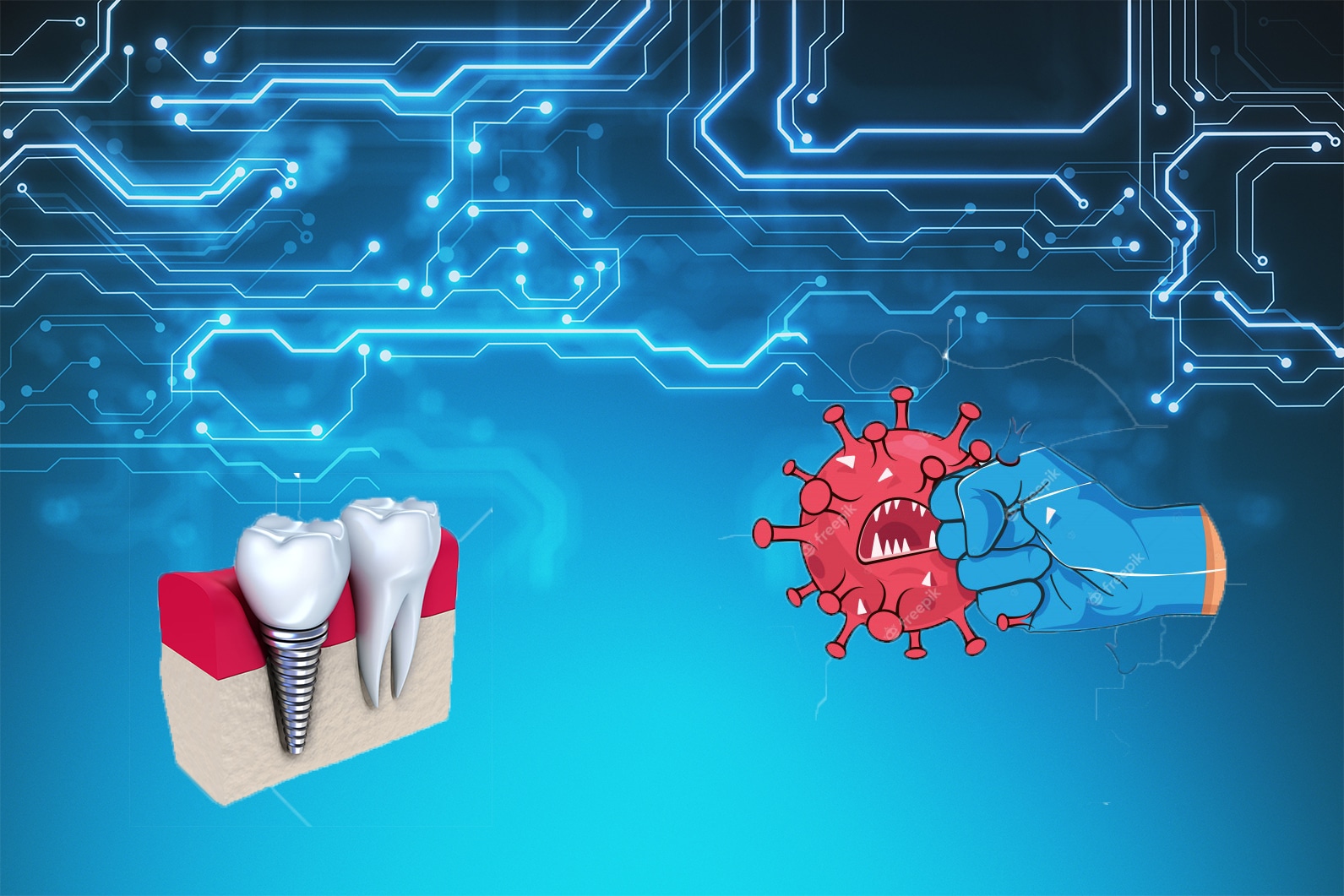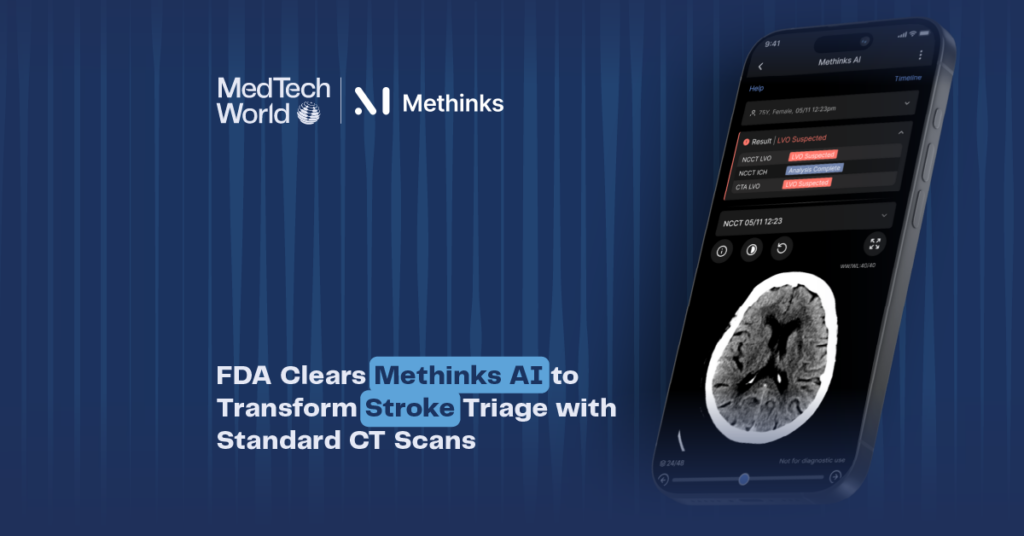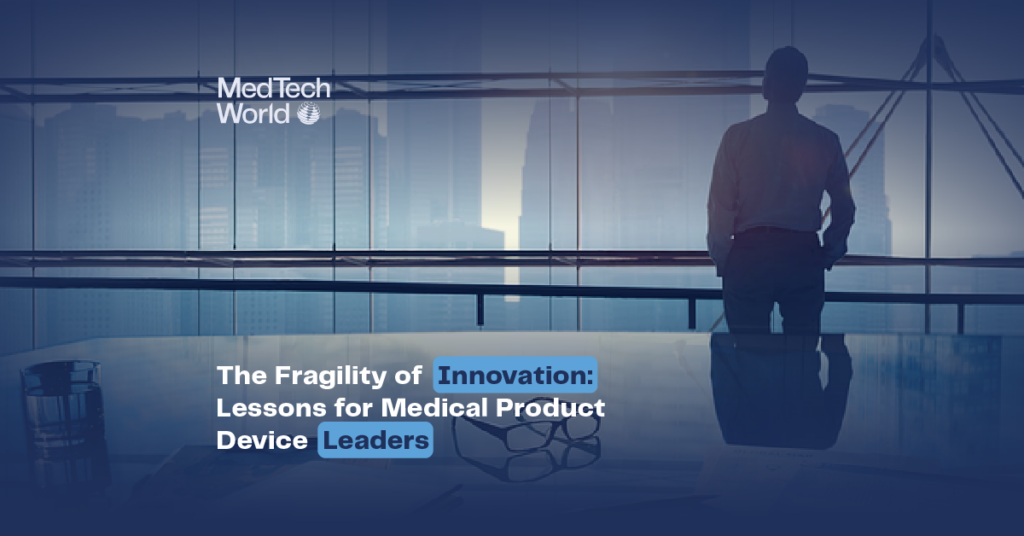
Michael Joe Cini
20th September 2021
Smart Dental Implant Generates Electricity & Resists Bacteria
Researchers at the University of Pennsylvania developed a piezoelectric dental implant that is resilient to bacterial development while also generating electricity
The produced electricity may be used to power a light source for on-board phototherapy, a procedure that could help protect gum tissue against disease and inflammation. The implant includes discs containing nanoparticles of barium titanate (BTO), which produce a negative charge on the implant’s surface, making it impervious to germs.
Dental implants may be used to replace teeth that have been lost due to decay or gum disease, and they are a better option than dentures when it comes to tooth loss since they are more stable. Despite the fact that implants are meant to endure for several decades, in practise they fail significantly sooner, usually requiring replacement within five to ten years owing to gum problems or inflammation.
It is hoped that this new technology would help tackle implant failure’s primary cause, bacteria. Bacterial biofilms that form on dental implants (and natural teeth) have a detrimental influence on gum health, ultimately leading to the failure of the device. A BTO nanoparticle-infused substance is employed in the novel implants, which creates a negative surface charge and so repels bacteria with negatively charged cell walls. Streptococcus mutans, a key component of dental plaque, was used to evaluate the implants, and the results revealed that they reduced biofilm formation in a dose-dependent way.
“We wanted an implant material that could resist bacterial growth for a long time because bacterial challenges are not a one-time threat,” said Geelsu Hwang, a researcher involved in the study, via a UPenn press release.
Electricity may be harvested via mouth movements or teeth brushing by the implants. Small light sources can be powered with this energy. The theory is that the light will have a therapeutic impact on the gum tissue around it.
“Phototherapy can address a diverse set of health issues,” said Hwang. “But once a biomaterial is implanted, it’s not practical to replace or recharge a battery. We are using a piezoelectric material, which can generate electrical power from natural oral motions to supply a light that can conduct phototherapy, and we find that it can successfully protect gingival tissue from bacterial challenge.”
Med-Tech World: 18th-19th November 2021
The Med-Tech World conference, which follows a successful digital event in 2020, will run from 18th-19th November 2021 and will highlight innovations and developments in digital health across the globe. With so many countries realising the potential for exponential growth, Med-Tech World will address the opportunities and challenges driving this multi-million forum – embracing the potential for technological innovation to change the face of medicine in this global sector. Register your interest here!




